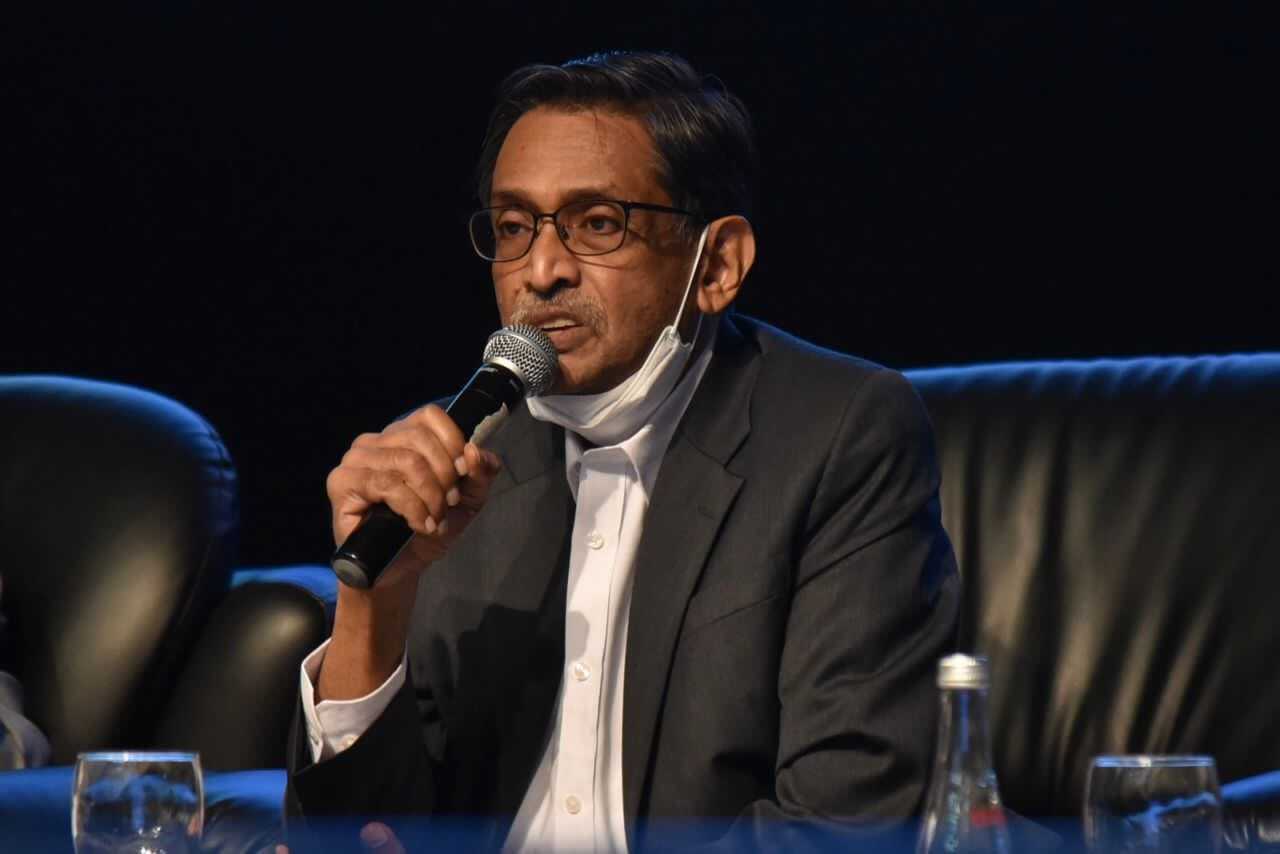KUALA LUMPUR, Feb 16 – Former Health Minister Dr S. Subramaniam has urged the government to determine the role of university hospitals, as health care costs and patient loads rise.
Dr Subramaniam, who is also the co-chair of the Health White Paper (HWP) advisory council, said historically, university hospitals under the Ministry of Higher Education (MOHE) performed the function of providing public health care, which could be one reason why the Ministry of Health (MOH) did not build another hospital in a region served by a university hospital, such as Petaling Jaya in Selangor.
The former health minister was speaking with Bukit Gasing state assemblyman Rajiv Rishyakaran at a BFM podcast last February 2 co-hosted by producer Tee Shiao Eek and consultant urologist Dr George Lee about Rajiv’s call for an MOH hospital in Petaling Jaya, whose only public hospital is Universiti Malaya Medical Centre (UMMC).
“At one time, [a university hospital] was affordable and it could do that function. But over the years, as health costs and technology became more expensive, and the cost of running a hospital became heavier, the budgeting for [university] hospitals did not increase in tandem with that,” Dr Subramaniam told BFM.
“So now, the question has to be asked – this is a difficult question, but it has to be asked and answered – is the role of a university hospital to be a service hospital to the people of this area? Is this a policy or not a policy?
“If the policy is yes, its role is that it should be a public hospital providing service to the people, then the funding to make that role effective has to be given.
“If that role is not there, so it’s purely a teaching hospital and a research centre, then the issues raised by YB Rajiv have to be addressed with alternate solutions.
“So that’s why I said, so long as this perception that a university hospital plays a role as a service hospital to people around that area, then you need to fund it to make sure it functions that role more effectively.”
During the BFM podcast, Dr Subramaniam highlighted the discrepancy in government funding between university and MOH hospitals, noting that Kuala Lumpur Hospital (HKL) with about 2,300 beds gets some RM1.3 billion to RM1.5 billion, three times more than a university hospital, with over 1,600 beds, that gets federal funding of RM450 million to RM500 million.
The HWP advisory council co-chair also stressed that MOHE’s basic agenda is to deliver higher education, not health care.
“Delivering health care is a secondary thing, which is off their academic element, where health care delivery became part of it.”
Rajiv complained about the lack of a general hospital in Petaling Jaya, a large city of 700,000 residents in the commercial state of Selangor, that has forced residents to pay more for public health care – at UMMC, a teaching hospital by Universiti Malaya, that imposes much higher charges than MOH hospitals.
The DAP lawmaker, who agreed with Dr Subramaniam, said if the MOH wants university hospitals to provide health care services, then the government should increase direct funding for these facilities, or the MOH can purchase services from university hospitals for the public.
“MOH should be equally responsible to all 32 million people living in Malaysia, not the MOHE takes care of certain towns and certain areas, and we take care of the rest. The Ministry of Health probably should aspire to take care of everyone just the same,” Rajiv said.
He welcomed either the MOH building a hospital in Petaling Jaya or purchasing services from UMMC to provide to patients at subsidised rates. “Either way, that’s a win for the people of PJ.”
On Tee’s question about how a new government hospital could be constructed for Petaling Jaya despite staffing issues in the public health service, Dr Subramaniam said Malaysia likely has 10 times more doctors per person today than 10 to 15 years ago, at around less than one doctor to 400 people.
“So to me, I don’t think it’s the number of medical personnel which is an issue, but how we utilise them is an issue,” Dr Subramaniam said.
“I think there has to be a relook, we compare our ratio, one doctor to 376 people. To many other countries in the world, we have done tremendously well. But how are we using these doctors? It’s the issue of distribution and using them effectively.”
The former health minister indicated that the dire houseman shortage reported at UMMC’s Department of Medicine – which prompted it to consider a “Zero HO Protocol”, or operating on the assumption it no longer has house officer services – was an “administrative” problem.
“I don’t think it’s numbers; it’s purely an administrative crisis that has to be managed in an administrative manner because houseman distribution is done by MOH. The Health Ministry allocates housemen, so the issue is how we plan our training and utility.”
CodeBlue recently reported that the MOH has opted to exclude district hospitals from the first intake of housemen placements for this year, due to a sharp decline in house officer appointments.
With housemen appointments falling by almost 50 per cent from 6,136 in 2019 to 3,271 in 2023, the ministry has decided to allocate placements of trainee doctors exclusively to state hospitals, Kuala Lumpur Hospital (HKL), and university teaching hospitals — all tertiary centres.








